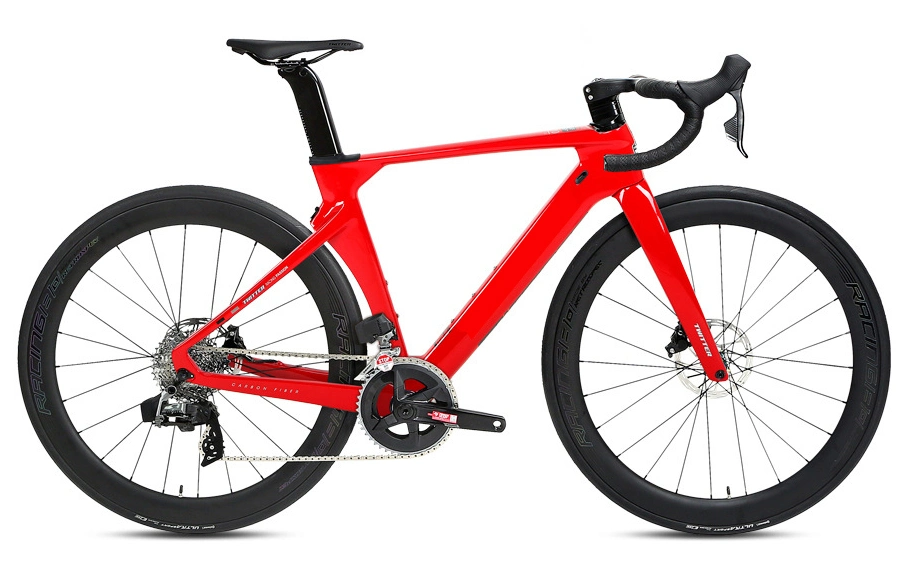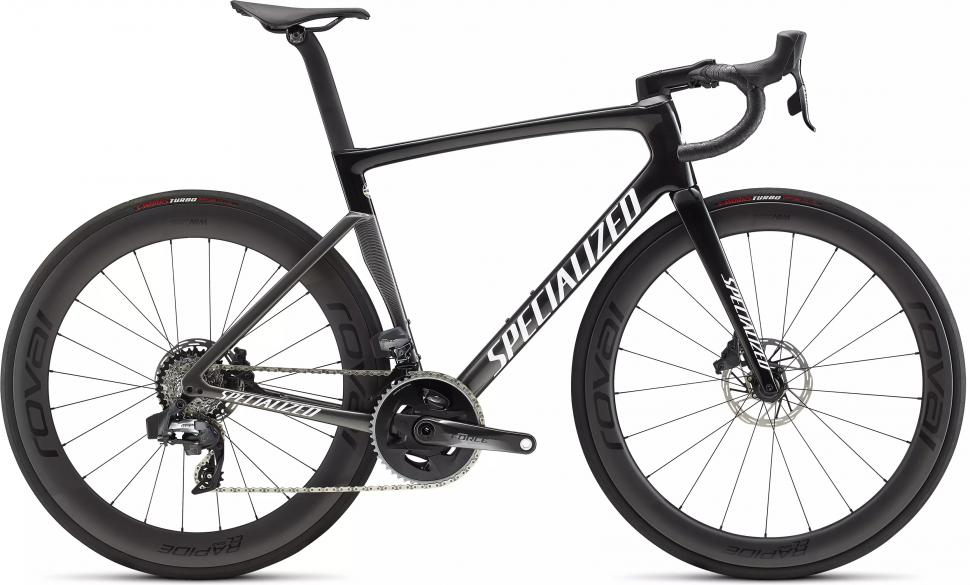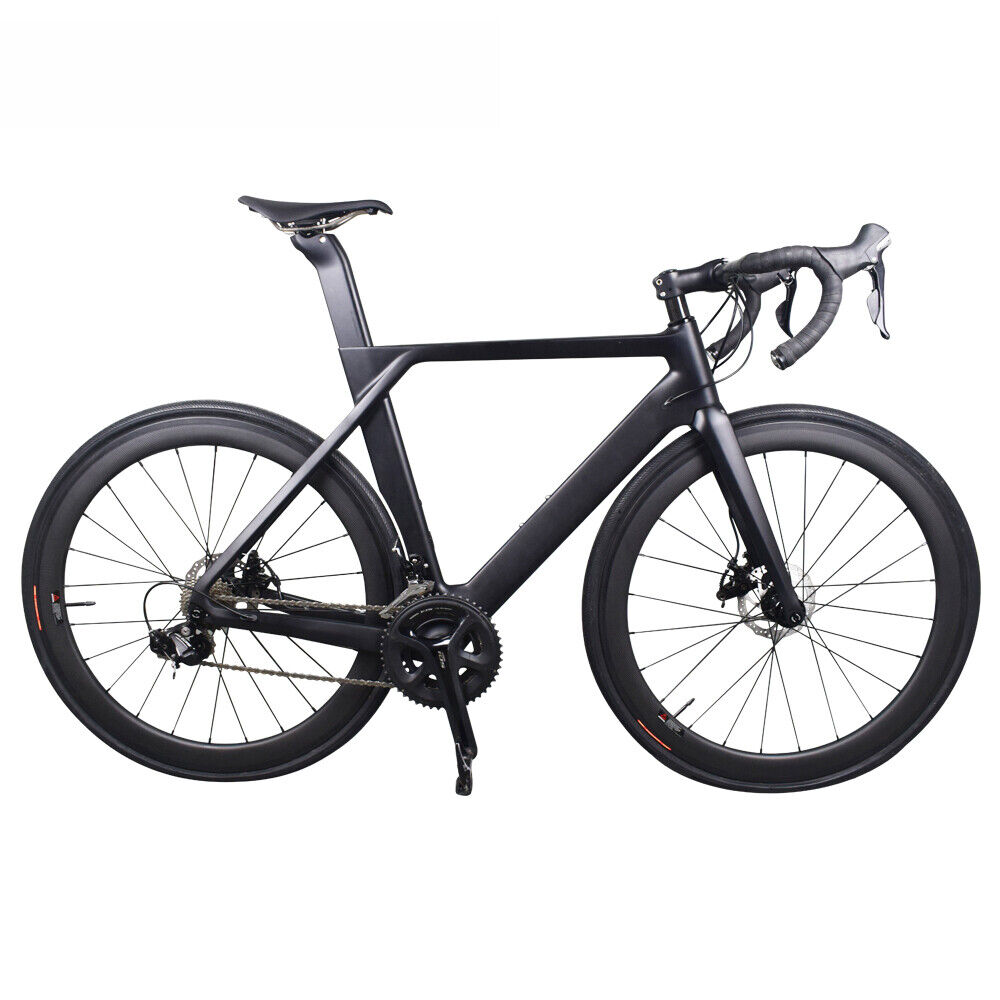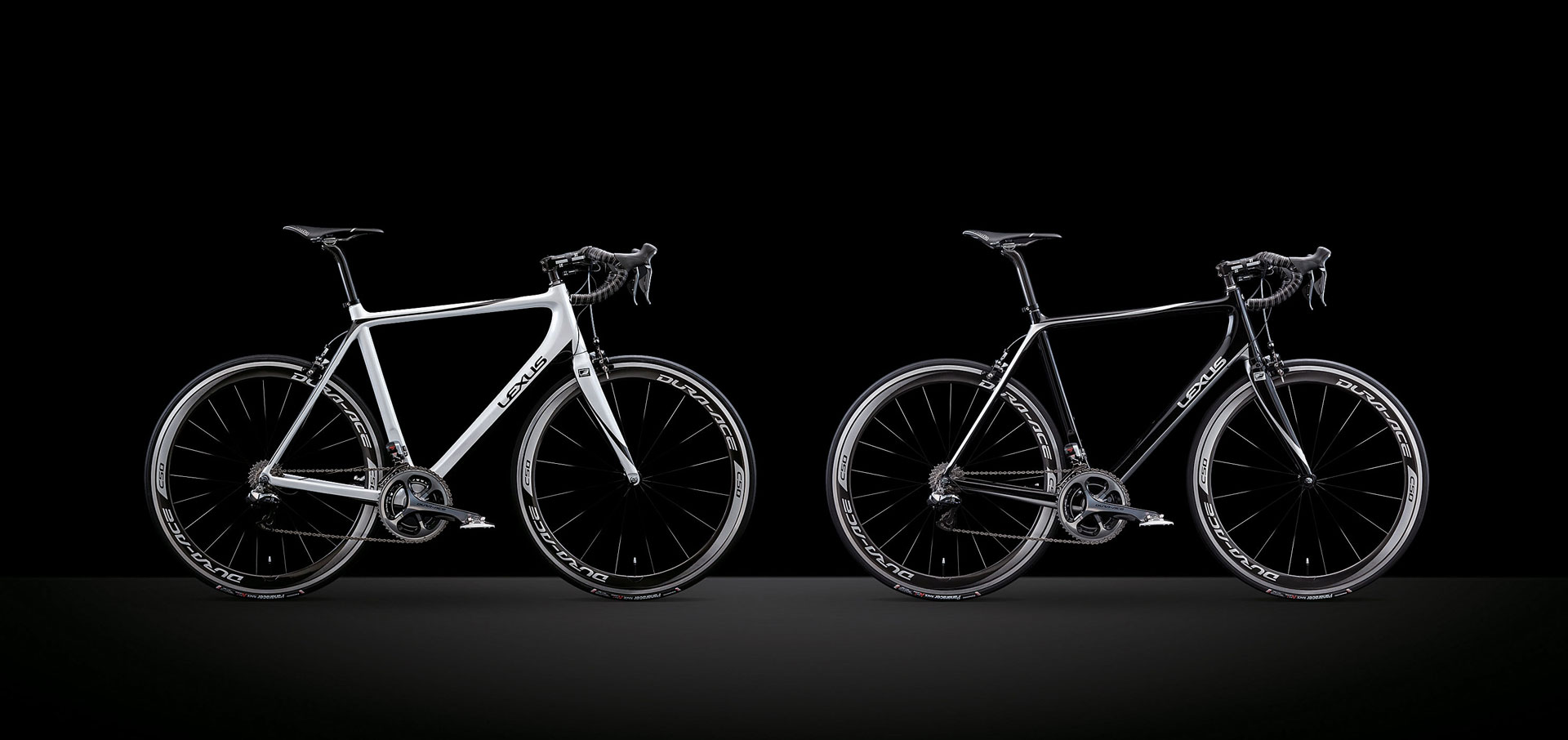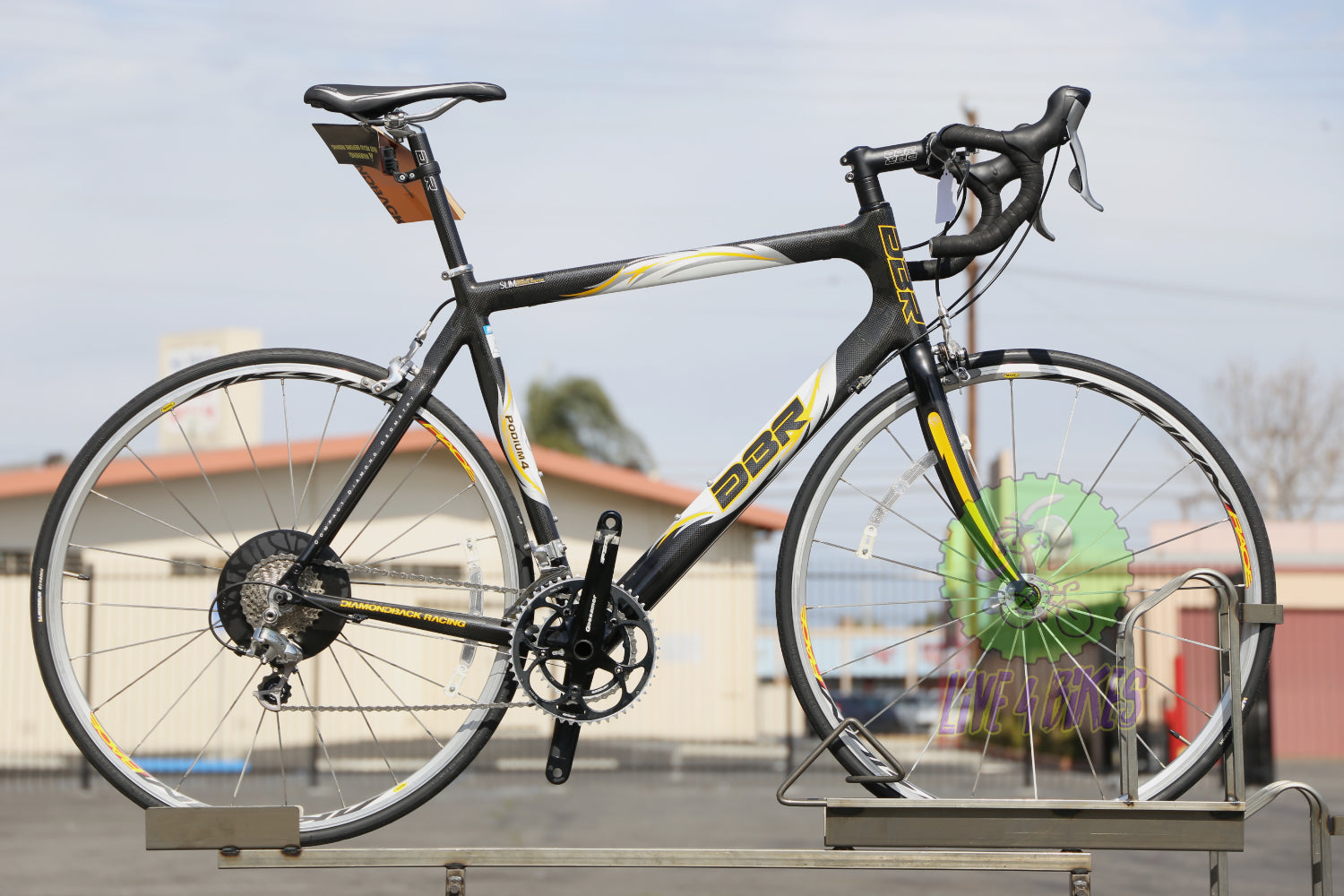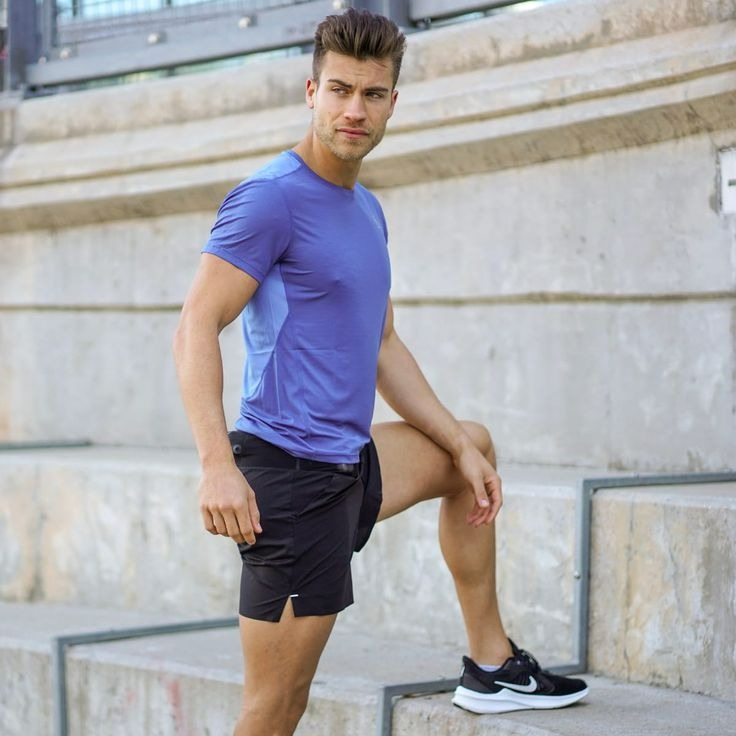Understanding the Marvel of Carbon Fiber
Carbon fiber, an extraordinary material born from the fusion of advanced technology and innovation, has revolutionized the world of cycling, especially in the realm of road bikes. This space-age material, known officially as carbon fiber reinforced polymer (CFRP), is celebrated for its unique combination of strength, stiffness, and lightweight properties, making it the preferred choice for cyclists seeking peak performance.
The Birth of a Champion Material
Carbon fiber consists of thousands of microscopic filaments, thinner than a human hair, woven together and bonded with resin to create a robust composite. Its origins trace back to the aerospace industry, where lightweight yet durable materials were essential for spacecraft and aircraft. Today, this technology has trickled down to cycling, enabling riders to conquer roads with unparalleled efficiency.
Why Carbon Fiber for Road Bikes?
Lightweight Efficiency
One of the most alluring aspects of carbon fiber road bikes lies in their featherweight nature. Compared to traditional materials like aluminum or steel, carbon frames weigh significantly less without compromising on strength. This reduction in weight directly translates to increased speed and easier climbing, allowing cyclists to conserve energy for longer rides or higher intensities.
Enhanced Stiffness for Power Transfer
Carbon fiber’s inherent stiffness ensures that every pedal stroke efficiently transfers power to the wheels, propelling the bike forward with minimal loss. This characteristic is particularly crucial for competitive cyclists and sprinters who demand immediate response and acceleration from their machines.
Tunable Ride Quality
Unmatched by other materials, carbon fiber allows engineers to fine-tune the frame’s ride characteristics by manipulating the layup process. By varying the orientation and thickness of carbon layers, manufacturers can create frames that are stiff where needed for power transfer, yet compliant enough to absorb road vibrations, ensuring a smoother, more comfortable ride.
Design and Construction Marvels
The Art of Layup and Molding
The magic behind carbon fiber bikes lies in the intricate layup process, where individual carbon sheets are meticulously arranged and layered before being placed into molds. Using heat and pressure, the resin cures, bonding the fibers together into a solid structure. This technique enables the creation of complex shapes and tube profiles, optimizing aerodynamics and stiffness-to-weight ratios.
Aerodynamic Advancements
In the quest for speed, carbon fiber frames often feature aerodynamic tube shapes designed to slice through the wind with minimal resistance. Aero road bikes, with their streamlined profiles, are a testament to how carbon fiber’s malleability pushes the boundaries of design for performance gains.
Integration and Customization
Modern carbon fiber road bikes showcase a high degree of integration, where components like handlebars, stems, and seat posts seamlessly blend into the frame for a cleaner look and improved aerodynamics. Moreover, some manufacturers offer customization options, allowing riders to tailor their bikes’ stiffness, compliance, and even color schemes to suit personal preferences.
Maintenance and Durability Considerations
Resilience Meets Vulnerability
While carbon fiber is incredibly strong and stiff, it’s important to note its vulnerability to certain types of impacts. Sharp hits or over-tightening of components can lead to cracks or fractures. However, with proper care, carbon frames can last for years, with many manufacturers offering crash replacement programs for added peace of mind.
Cleaning and Storage Best Practices
Maintaining a carbon fiber road bike is relatively straightforward. Regular cleaning using mild soap and water is recommended to prevent buildup of grime and corrosive substances. When storing the bike, avoid prolonged exposure to direct sunlight or extreme temperatures, which could affect the resin over time.
Choosing the Right Carbon Fiber Road Bike
Choosing the right carbon fiber road bike can be an exciting but intricate process, as it involves considering various factors to ensure the bike fits your needs, riding style, and budget. Here’s a comprehensive guide to help you make an informed decision:
Determine Your Riding Style
Are you into competitive racing, endurance rides, or casual weekend outings? Racing bikes prioritize lightweight and aerodynamics, while endurance bikes focus on comfort with a slightly more upright position.
Set a Budget
Carbon fiber bikes range from entry-level models around $1,000 to high-end professional bikes costing over $10,000. Establishing a budget upfront will help narrow down your options.
Frame Geometry
This is crucial for comfort and performance. Look for a geometry that matches your body type and intended use. Competitive racers might prefer a more aggressive, low-position geometry, whereas endurance riders often opt for taller head tubes and shorter top tubes for a more relaxed fit.
Component Groups
The groupset (shifters, derailleurs, brakes, crankset) significantly impacts both performance and cost. Shimano, SRAM, and Campagnolo are the major players. Entry-level bikes may feature Shimano Tiagra or 105, mid-range bikes typically have Ultegra, and high-end bikes use Dura-Ace or SRAM RED.
Wheelset
Wheels greatly influence how the bike feels and performs. Lighter wheels improve acceleration, but may not be as durable or comfortable as heavier ones. Aero wheels enhance speed but can be less suitable for hilly terrain or windy conditions.
Bike Fit
A proper bike fit is essential to prevent injuries and maximize efficiency. Consider visiting a professional fitter or a bike shop that offers fitting services before making a purchase.
Brand and Warranty
Research different brands, their reputations for quality, and what kind of warranty they offer. Well-established brands often provide better after-sales support and warranties.
Test Rides
If possible, test ride several bikes to get a feel for how each one handles and fits. This firsthand experience can be invaluable in making your final decision.
Additional Features
Think about any additional features you might want, such as disc brakes for better stopping power in all weather conditions, internal cable routing for a cleaner look, or aerodynamic tube shapes if speed is a priority.
Future Upgradability
Consider whether the bike allows for future upgrades. A frame with higher-end components might be a wise investment if you plan to upgrade parts over time.
Remember, the best carbon fiber road bike for you is one that matches your goals, fits you well, and falls within your budget. Don’t be swayed solely by brand names or the latest technology; prioritize your personal needs and preferences above all else.
Conclusion: Riding the Future with Carbon Fiber
Carbon fiber road bikes represent the pinnacle of cycling innovation, merging cutting-edge technology with artistic craftsmanship. Their blend of low weight, stiffness, and tunable ride qualities make them the weapon of choice for cyclists who demand nothing but the best. By understanding the nuances of this remarkable material and carefully considering individual needs, riders can embark on a journey of speed, comfort, and unbridled joy on two wheels. As technology continues to advance, the future of carbon fiber road bikes promises even greater heights of performance and personalization, ensuring that the ride ahead is nothing short of extraordinary.
